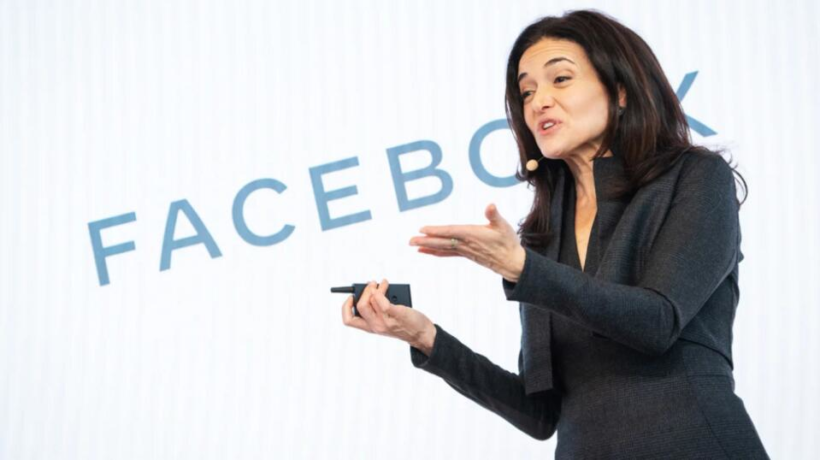Sheryl Sandberg announced in a Facebook post Wednesday that her 14-year tenure with Meta (formerly known as Facebook) has come to an end.
In 2008, Facebook CEO Mark Zuckerberg recruited Sandberg, who had served at Google, to come in and build the advertising business, which targets ads based on the personal data the platform aggressively collects from a user pool that’s now swelled to nearly three billion. Sandberg’s power in the company only increased, and she continued to make strategic decisions collaboratively with Zuckerberg.
“Sitting by Mark’s side for these 14 years has been the honor and privilege of a lifetime,” Sandberg wrote in the post. “Mark is a true visionary and a caring leader. He sometimes says that we grew up together, and we have. He was just 23 and I was already 38 when we met.”
Sandberg’s post goes on to say that she’s “not entirely sure” what her future will hold, but that it will likely lean toward “focusing more on my foundation and philanthropic work.” She says her transition out has begun and that she’ll be all the way out this fall. “I still believe as strongly as ever in our mission, and I am honored that I will continue to serve on Meta’s board of directors,” she wrote.
SANDBERG’S LEGACY
Sandberg’s legacy at the social networking giant is certainly subject to debate.
Under her watch, Facebook reached nearly three billion users worldwide and became a Wall Street darling worth $525 billion, driven almost entirely by the ad business she built. Throughout the first half of her tenure at Facebook, Sandberg enjoyed plenty of goodwill within and without the tech industry, especially after the publication of her book, Lean In, which established her as a champion for women in the workplace.
But with the Cambridge Analytica scandal (in which Facebook allowed the Trump-aligned voter-targeting group access to millions of users’ personal data) and the highjacking of Facebook by Trump-supporting Russian content farms in 2016, Sandberg’s image began to suffer, along with the tech industry’s as a whole. Not only did Sandberg bear some responsibility for those failures, but a 2018 New York Times piece—which featured the notable headline “Delay, Deny and Deflect”—highlighted Sandberg’s use of some unsavory PR tactics to escape responsibility. She came to be understood as a well-connected fixer who specialized in quieting any distraction from the smooth operation of her company’s highly lucrative ad business.
SANDBERG’S REPLACEMENT
Sandberg will be replaced by Javier Olivan, Meta’s chief growth officer, who also was a founding member of the company’s first growth team in the early 2000s. Facebook’s growth team, through the years, has become a power center within the company.
The growth team instigated Facebook’s acquisition of Snaptu, an Israeli startup that, on its own, had created a stripped-down version of Facebook designed to run on basic “feature phones.” That technology, which required neither a cutting-edge smartphone nor a high-speed data network, eventually morphed into Facebook Lite, a minimalist version that is a vital component of the company’s growth strategy. By 2017, Mark Zuckerberg reported that it has 200 million users in such countries as Vietnam, Bangladesh, and Nigeria.
Facebook was slow to adopt the smartphone revolution in the late 2000s, but it was the Facebook mobile app that carried the social network past the three billion-user mark. Sandberg’s departure comes not long after Facebook rebranded itself to Meta, ostensibly to align itself with a new crucial access technology—virtual and augmented reality glasses—which will give users access to the metaverse.
ABOUT THE AUTHOR
Fast Company Senior Writer Mark Sullivan covers emerging technology, politics, artificial intelligence, large tech companies, and misinformation. An award-winning San Francisco-based journalist, Sullivan’s work has appeared in Wired, Al Jazeera, CNN, ABC News, CNET, and many others.







